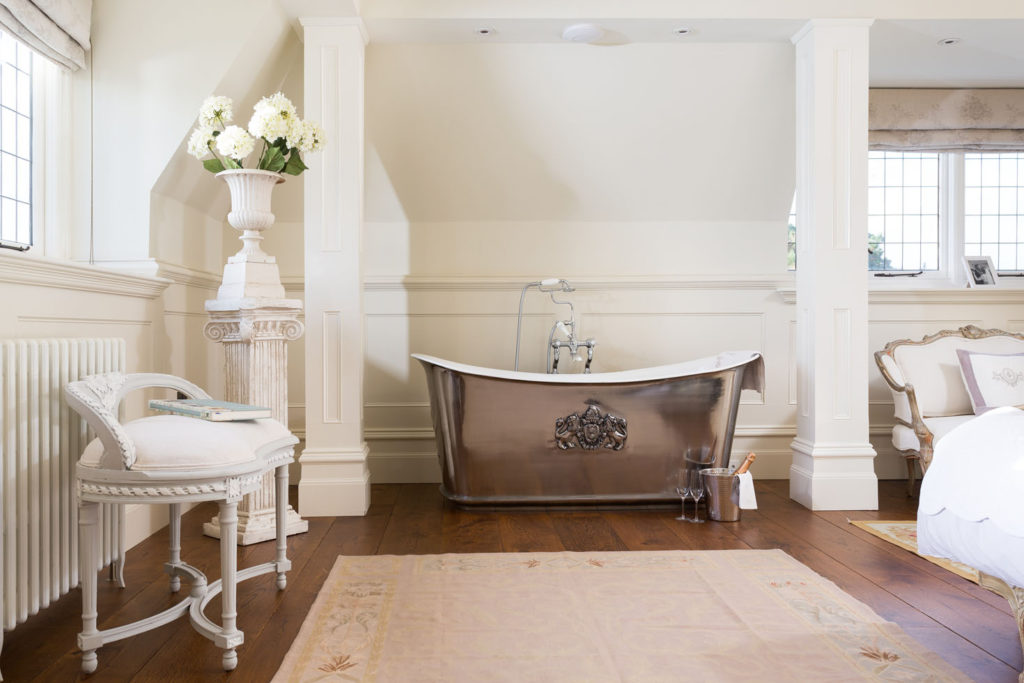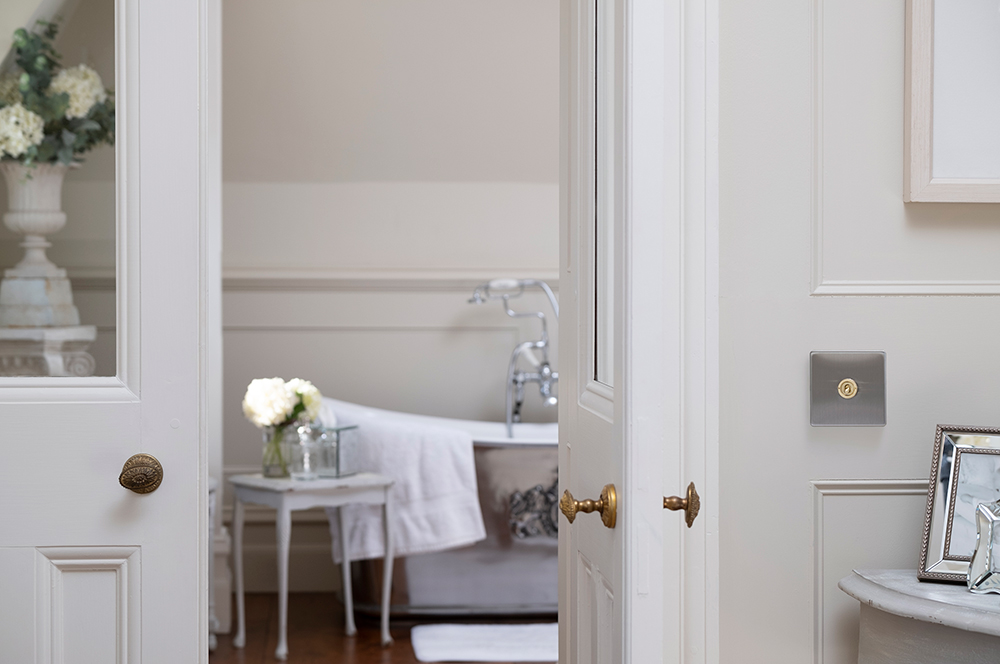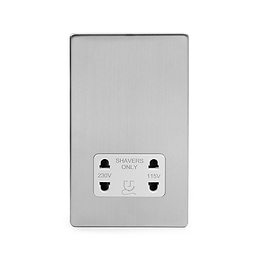Are Light Switches Allowed In Bathrooms?
Are Light Switches Allowed In Bathrooms?

When you were young, you most probably had the 'never touch sockets and switches with wet hands because it could electrocute you' instilled into you.
Because of this, there is a conception that the operation of lighting cannot be done from within the bathroom. Whilst there is a lot of truth in this, there are alternatives to installing light functionality into the bathroom.
Firstly, we take a look at why switches cannot come into contact with moisture, and why light switches cannot be installed in a bathroom.
Why It Is Not Safe To Touch Switches With Wet Hands
You should never touch switches or any other electrical appliances including sockets with wet hands. This is because a wet body can act as a good conductor of electricity which could cause a sizeable shock.
Are Light Switches Allowed In Bathrooms?
A bathroom is considered a special location for electrical installation. Mainly because of the increased risk of electrical shock it poses to users.
Bathrooms create high levels of condensation and humidity which turns into water vapour. Whilst water vapour can be classed as a weaker conductor of electricity, it will still come into contact with contaminants such as dust which contains many micro elements. These contaminants dissolve in water, creating the perfect foundations for a good conductor of electricity.
Touching the light switch, which is wet from condensed vapour, may cause an electric shock to the user. Even if the switch is not touched and exposed, electricity can still flow through from the electrical outlet through the water flowing down the wall to the floor onto which somebody could be standing.
To protect against this, traditional light switches should not be installed in a bathroom. Alternatively, they can be placed outside the bathroom or in a separate toilet depending on your setup.

Light Functionality In The Bathroom
Whilst light switches are strictly not allowed in bathrooms, a pull cord can be used in any location in the bathroom. Most favour in placing this by the door for ease. Whilst this is highly functional, many fear it will affect the aesthetic of their bathroom. In this case light switches can easily be installed and placed outside the entrance of the bathroom.
Always consult an electrician before undertaking electrical work in the bathroom to ensure you are complying with electrical regulations.
[related_products is_auto_added="1"]









